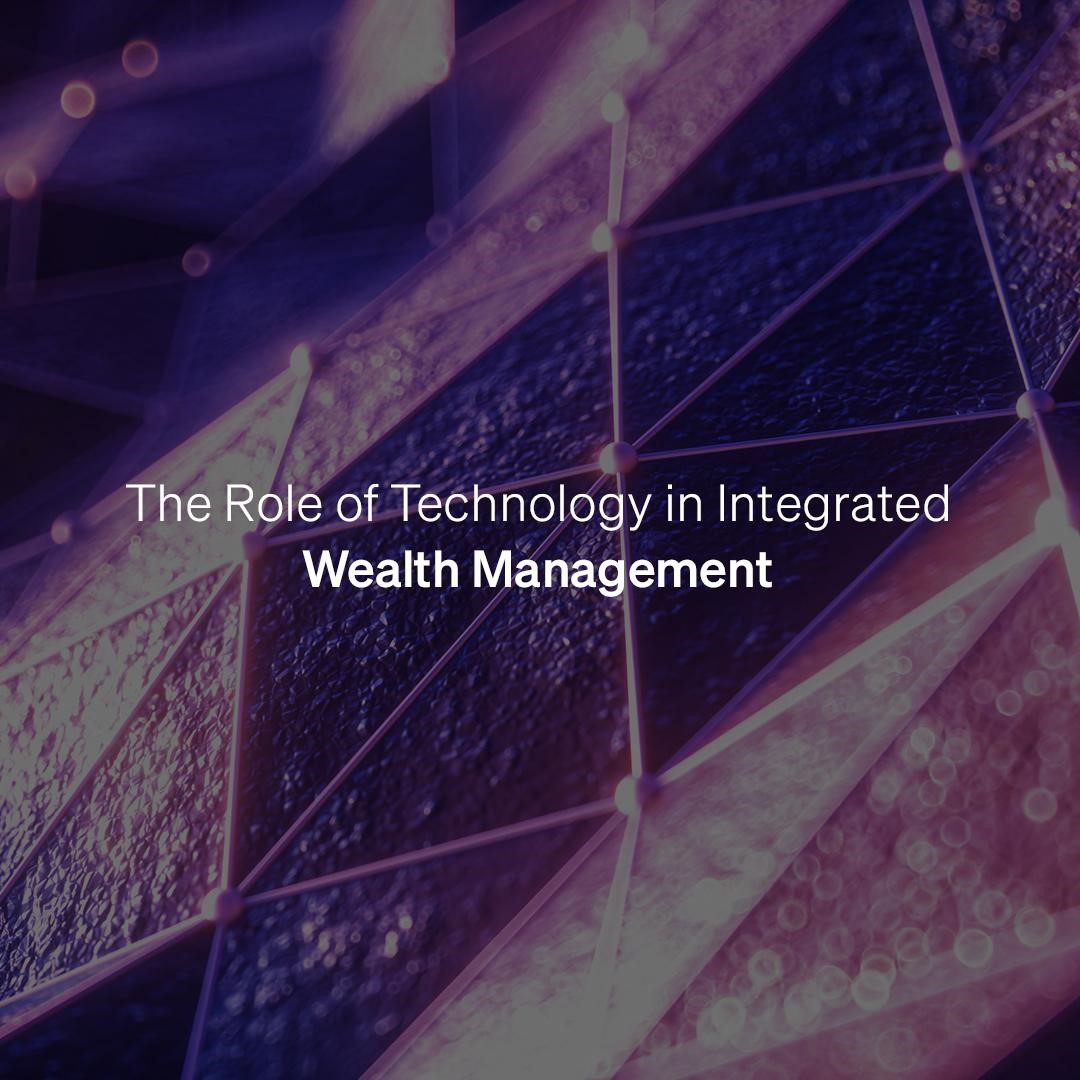Delivering successful integrated wealth management solutions requires a deep understanding of a client’s financial situation, goals, and risk tolerance and the ability to translate this into holistic, personalised advice that truly meets their needs. But what are the key issues facing wealth managers who adopt an integrated approach and how can they overcome them to succeed in today’s market?
Bespoke Excellence in Wealth Management Solutions

One of the greatest challenges facing integrated wealth managers is delivering a personalised and customised solution to each client. Clients have unique financial goals, risk tolerance, and investment preferences and an integrated wealth manager must be able to adapt to each client’s needs and provide customised solutions.
In order to do so, advisors must build a strong relationship with the client and take the time to get to know them. They should ask questions about their financial goals, family situation, investment preferences, investment risk tolerance, and broader vision for what they are trying to achieve with their wealth. Along with asking lots of questions, advisors must also listen. This ensures they can provide the most appropriate advice based on what’s truly important to the client and what they want to achieve now and in the future.
This approach will help advisors develop fit-for-purpose, personalised investment management solutions that meet their client’s needs. The wealth plan will include advice on the structure through which an investment is held, for example, individual ownership, company, pension, trust, or another tax-efficient wrapper, and the underlying investment elements, for example, stocks, bonds, or alternative investments depending on the client’s investment risk tolerance.
Shifting Client Expectations
As digital transformation accelerates, clients expect a convenient, seamless, and ‘always-on’ experience. With clients often preferring a blend of in-person and virtual engagement, advisors are focussing on improving their digital wealth management across client onboarding, transactions and advice.

In seeking greater returns, clients are increasingly considering alternative investments. These investments include specialised products, such as IPOs, tax-exempt investments, commodities, derivatives, and structured products, and, in the case of family office solutions, allocations to direct investments.
As always, advisors will talk to their clients about investment risk as well as return. Indeed, risk mitigation and diversification remain front of mind with continued concerns about geopolitics, growth, inflation, climate change, supply chains, and a range of other headwinds.
Environmental, Social, and Governance (ESG) investing remains important to many investors. And asset managers are stepping up their ESG offerings accordingly. While ESG adoption varies across geographies and jurisdictions, it continues apace given continued social, business, and investor awareness of non-financial risk following the pandemic.
Regulatory Challenges
Staying up-to-date with regulations, and implementing effective compliance processes, can be a significant challenge. Asset managers are spending more time than ever on regulatory compliance, as regulatory obligations and reporting requirements continue to mount. In fact, for many wealth managers, regulation can be a roadblock to expansion and present significant challenges for their overhead costs when scaling their business across multiple geographies.
Advisors must implement effective processes that ensure adherence to regulatory requirements across anti-money laundering, know-your-customer, and data privacy regulations. This includes conducting regular compliance reviews, staying abreast of regulatory developments, and implementing robust data security measures.
Wealth Management Technology Solutions and Choices
Wealth management technology solutions are rapidly changing. The use of multiple systems, or a lack of effective systems, leads to operational inefficiencies. With numerous solutions available, selecting the right technology, and integrating it into the business, can be a challenge.
Deploying investment management solutions can ensure that burdensome risk management and reporting workflows are automated. It also helps significantly enhance the reporting experience for clients. With the right technology integrated seamlessly into existing systems, multiple teams can work on a single platform and deliver efficiency, transparency, and scalability. This frees up time and resources for activities that truly drive differentiation and performance, such as portfolio analysis, innovation, and business development.
How to Harness Technology for Integrated Wealth Management Solutions
Wealth managers must build a wealth technology infrastructure that supports an integrated, holistic offering to clients, reduces cost, and increases efficiency. This infrastructure must provide highly reliable data aggregation to connect to banks and brokers, standardise and harmonise data and ensure it’s available in one place for investment analysis and portfolio management. It should enable an Order Management System (OMS) that connects to different counterparties, and manages transaction workflows and compliance, across various asset classes and multiple users within the firm.The wealth platform should support performance reporting, risk analytics, and visualisations of portfolios and help transform data into insights. To help clients make informed decisions, it should enable advisors to perform model portfolio management, conduct rebalancing and produce investment policy statements in a scalable and compliant way. This will enable advisors to engage with customers digitally while maintaining control and oversight.
An integrated wealth management platform, backed by advanced technology, empowers advisors to significantly enhance operational efficiency, digital experience, and business performance – and ultimately exceed client expectations in a changing market.
About Valuefy
Valuefy is a premier investment technology lab with cutting-edge solutions serving leading financial institutions across the globe. Its Wealth Management Solutions has enabled Wealth Managers globally by providing production-grade investment technology solutions for an uberized customer experience.










